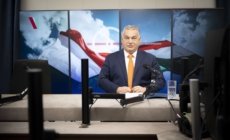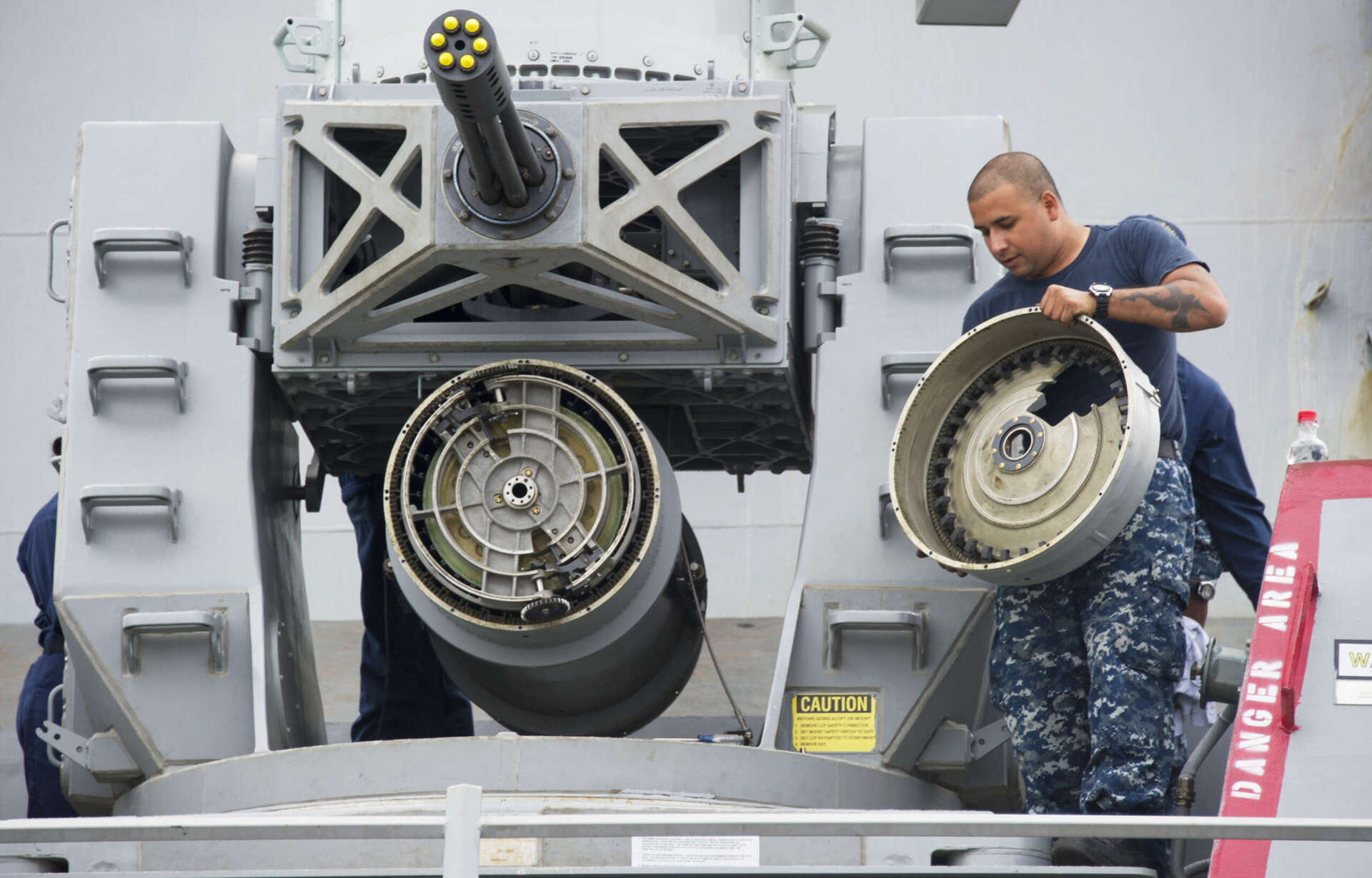-
2 weeks after they inherited a home, the Mountain fire happened - 14 mins ago
-
Juan Soto tops list of 11 MLB free agents who boosted their stock most in 2024 - 19 mins ago
-
Fox News Digital’s News Quiz: November 8, 2024 - 27 mins ago
-
Trump election win delights Orban and Europe’s far-right - 28 mins ago
-
Viktor Orbán On A Pro-Peace, Independent Path for Hungary - 32 mins ago
-
Orbán has the trust of the Slovaks - 35 mins ago
-
Were 2024 Election Polls Wrong? Pollsters Give Verdicts - 39 mins ago
-
Chris ‘The Bear’ Fallica’s 2024 College Football Week 11 ‘Bear Bytes’ - about 1 hour ago
-
Romanian Security Expert Warns of Hungarian Revisionism Amid Trump’s Victory - about 1 hour ago
-
Production started at CATL factory - about 1 hour ago
War Map Reveals All Russian Military Bases Within ATACMS Strike Range
A map has shown the Russian military bases in Ukraine that Army Tactical Missile Systems could strike with the U.S.’s permission.
ATACMS missiles are long-range missiles Ukraine has used during Russia’s full-scale invasion of the country, which began in February 2022.
On June 22, the Institute for the Study of War, a U.S. think tank, issued a campaign assessment that showed Ukraine could target some 16 percent of Russia’s ground sanctuary if it had permission to use the missiles within a certain range.
Kyiv first used the missiles in October to strike two Russian military bases in Ukraine, damaging numerous helicopters. They have also been used by Kyiv’s military on Russian targets in contested territory, including in Crimea, which Russia annexed from Ukraine in 2014.
Institute for the Study of War
In April, national security adviser Jake Sullivan said President Joe Biden had authorized sending a “significant number of ATACMS missiles” to Ukraine in February as part of a $300 million aid package.
The U.S. has said Ukraine can use the weapons to strike Russian targets within a certain territory, but it placed limits on long-range strikes across the border.
The ISW map showed that Ukraine would be able to hit Russian targets—including Bryansk Oblast, Kursk Oblast and Belgorod Oblast—that could remove a maximum of 16 percent of Russia’s ground sanctuary. However, it said it was unclear whether Ukrainian forces had permission to do so.
“The West maintains the ability to substantially disrupt Russian operations at scale by allowing Ukraine to use Western-provided weapons to strike Russia’s operational rear and deep rear areas in Russian territory,” IWS said in its report.
The report also said that U.S. policy preserves a minimum of 84 percent of Russia’s ground sanctuary by not allowing Ukraine to hit certain targets in range of ATACMS, such as Voronezh Oblast and Rostov Oblast.
Newsweek contacted the Defense Intelligence of the Ministry of Defense of Ukraine for comment by email.
The ISW report also said that Russian air defenses would reduce the effectiveness of Ukrainian F-16 fighter jets if the U.S. did not allow Ukrainian forces to use ATACMS to destroy Russian air defense systems in Russian territory, as it would mean Ukrainian F-16 pilots would have to operate in a dangerous airspace.
Four countries—Denmark, the Netherlands, Norway and Belgium—have committed to providing the aircraft to Ukraine to boost its efforts against superior Russian aircraft.
The think tank said, “ISW continues to assess that the U.S. should allow Ukraine to strike all military targets in Russia’s operational and deep rear areas with U.S.-provided weapons.”
Uncommon Knowledge
Newsweek is committed to challenging conventional wisdom and finding connections in the search for common ground.
Newsweek is committed to challenging conventional wisdom and finding connections in the search for common ground.
Source link




























